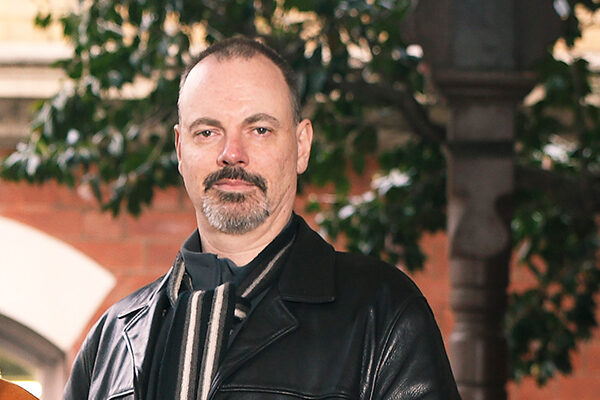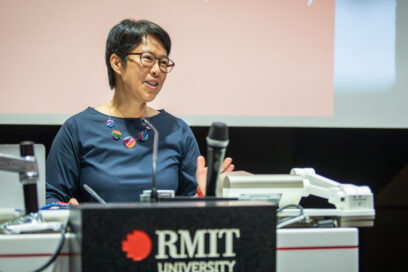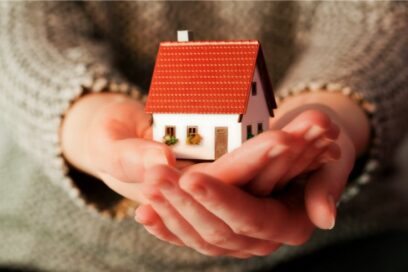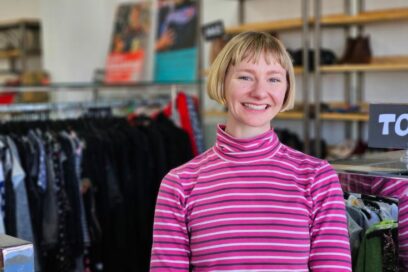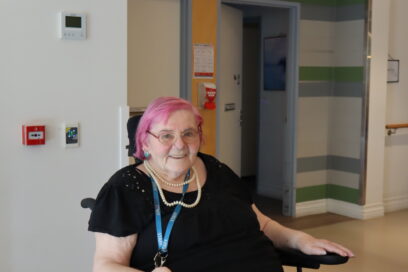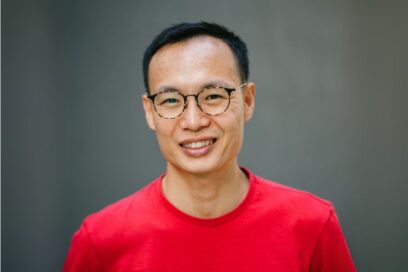There are so few discreet places left to hide in town today. Lanes and alleys are gated and patrolled. The CBD is now a lifestyle precinct — whatever that means. If you are homeless you are more likely to be visible and more at risk of abuse and assault.
Before Postcode 3000, a Victorian Government planning program to bring middle-class residents into a transmogrified and shining metropolis, the Melbourne CBD was home primarily to low-income single people who resided in private hotels. That was true until the early 1990s. Private hotels like the pre-renovated Markillies, Hotham, Great Southern and Waterside Worker rented out rooms and housed hundreds of people.
All gone, as are the casual jobs that these residents used to pick up at the nearby North Melbourne casual labour hire office. People sleeping rough or living in marginal housing used to obtain casual work frequently at truck depots, on the railways, the docks, in small manufacturing companies dotted all about inner Melbourne. This work offered enough income to pay rent and, in winter, to keep a heater running. Some people even found ways to enter private rental with minimal help from welfare agencies.


